Black Dalbergia in East Africa, which is often imported by importers as “ebony†or “ebonyâ€. At present, some dealers call it "Purple Tan" and "Rhino Horn Red Sandalwood". In fact, black and yellow sandalwood in East Africa is neither ebony nor red sandalwood, but belongs to black rosewood. The density is as high as 1.3g/cm3. After processing, the color and touch are very similar to rhino horns, also known as rhinoceros horn. The purple sandalwood is hard and smooth, and the patina formed by the polished surface is very bright, like a bronze mirror; it is just like a satin surface, which is reminiscent of jade. Therefore, the charm of the purple sandalwood is both in the eyes and in the hand.
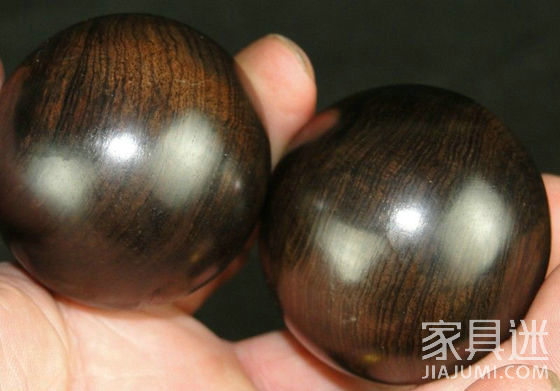
Purple sandalwood material introduction
Chinese scientific name: East African black rosewood
Family: Leguminous Black Rosewood
Commonly known as: purple sandalwood, ebony, ebony, black rosewood, rhinoceros horn

Origin: Eastern Africa (Tanzania, Senegal, Mozambique) is a small deciduous tree in the rainforest.
Appearance: The shape of the logs is ugly, twisted and hollow, the processing is difficult, the yield is low, most of them are straight lines, the texture is even and fine; slightly oily; the sap is narrow, white to pale yellow; the heartwood is dark purple brown. With black stripes.
Purple sandalwood physical properties
1, heavy material, high hardness; high strength, high seismic performance, high corrosion resistance; very stable, not easy to warp deformation.
2, air dry density of 1.25-1.33g / cubic centimeter, is the hardest wood today.
3. On the market, the purple sandalwood is an untreated round material with a radius of 20-30 cm, 40-50 cm, and a length of 2-3 m. The sapwood is very thin, gray to yellow, and the heartwood is purple-black. The wood is twisted in an "S" shape, and the gray bark is irregularly raised and warped.
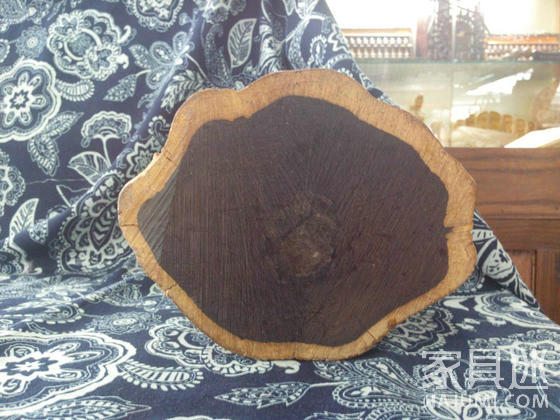
4, heartwood dark purple brown to nearly black, with black stripes. The cut surface is smooth, the brown eyes are scarce, the texture is tight, and the oil is heavy.
5, the wood grain is clear and varied, known as the "wood of the emperor." Using purple sandalwood to make utensils, without lacquering, it will show a faint natural luster, very vivid. The unpredictable black pattern of the purple sandalwood is like the famous mountains and rivers, such as the flowing water, Shengbiyu Qiongyao, so that the impressionist masters are not as good as themselves.
Purple sand processing performance
Purple light sandalwood, mahogany "national standard" medium density, the smallest brown eye wood, it is difficult to be processed into large pieces of furniture. The royal carpenters of the Ming and Qing Dynasties could not process the purple sandalwood into large pieces. Even in today's processing and production of purple sandalwood furniture, it is not easy. This is due to the fact that most of the purple sandalwood wood is twisted and hollow, the material is difficult to retrieve, and the yield is extremely low. Only 10%-12%, the boutique material rate is less than 10%, 3 tons of purple sandalwood is equivalent to one ton of red rosewood. At the same time, the density of the wood is large and the texture is hard. The cutting edge of the cutting tool is very fast during processing. It often needs to be ground and repaired, so the processing speed is also slow, the labor cost is high, the wood is imported from the logs, and the furniture is made without white skin. The price is not doubled. In short, the purple sand is difficult to process, difficult to process, and the finished product is not easy.
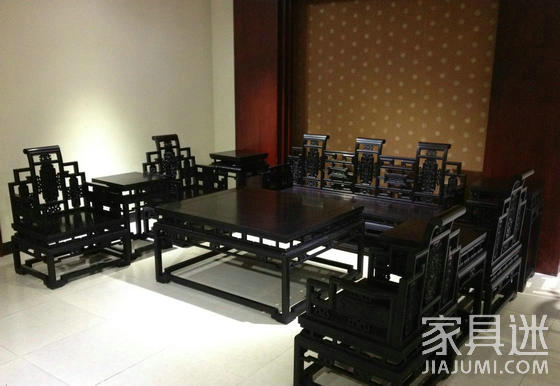
However, the wood produced by the purple sandalwood has remarkable characteristics: the density is very large, up to 1.33 g/cm3, so the furniture made is heavy and hard, the material is very delicate, the brown eye (tube hole) is small and rare, and the wood luster is good. After polishing and polishing, the reflection is very good, the light can be seen; the wood color is dark, the color is slightly light brown, and the fine black stripes are visible; in fact, from the senses, the black and yellow sandalwood in East Africa is closer to the delicateness of ancient ebony, and there is a calm and solemn. Sense.
Purple sandalwood use
Foreign countries commonly used East African black and yellow sandalwood to make instruments, instrument panels, the domestic market to replace ebony, used to make musical instruments and wood carving crafts, but also used in the manufacture of Chinese classical furniture. Producing classical furniture styles or carvings and crafts similar to ancient rosewood and ebony, the black and yellow sandalwood of East Africa can fully reflect the effect of solemnity and solemnity. The wood material is delicate and tough, and it is also suitable for the complex and exquisite carving process.
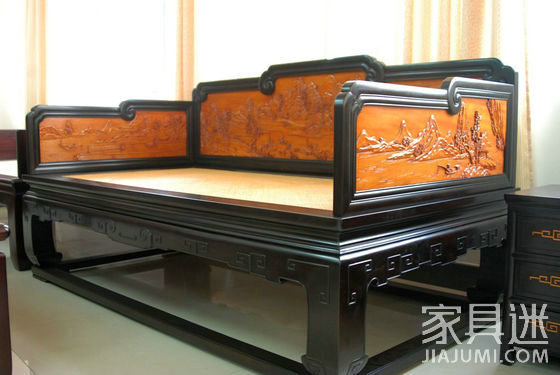
For example, in the classical furniture design, the use of yellow or red mahogany, or delicate yellowwood, such as warm-colored wood, and East African black and yellow sandalwood, as a complement to the color, can make the furniture born in a steady atmosphere, Achieve harmony without repressing the mood. It is suitable for making imitation or Qing style hall furniture and study furniture, which can achieve a calm and quiet atmosphere in the elegant and elegant.
Purple sandalwood price
In terms of log prices, Ziguang Tan is ranked only in the middle of all redwoods. Although the span of logs is uneven, it is basically similar to the price of Burmese and Huazhi.
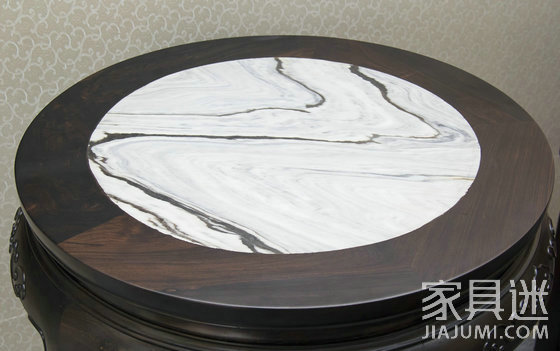
Although the price of logs is not high, most of them are distorted and hollow, and the material is difficult to obtain. The yield is extremely low, only 10%-15%. At the same time, due to the high hardness, the processing is also very difficult, so the price of finished furniture has even been compared with the red rosewood furniture.
Further reading: "Kenting Jieniu" details the price of mahogany furniture
Purple sandalwood collection value
The finished products of Ziguang Tan furniture are round and thick, the texture is delicate and gorgeous, and the deep and quiet is not lacking in natural brilliance. The change of color and sensation is frustrating, and it is natural and unconstrained, giving people a sense of solemnity and solemnity. It has a very high value for use, appreciation and collection.

Purple sandalwood grows extremely slowly, and the yield is extremely rare. A purple sandalwood can only be used for more than 800 years. It can be used for more than a thousand years, and the “ten sandal and nine emptyâ€, the output rate is recognized as 10%-12%. The rate is less than 10%. Since ancient times, there has been a saying that "inch sandalwood is gold". Therefore, purple sandalwood is one of the most valuable and rare wood species on the earth.
As the saying goes, because of the non-renewability of mahogany resources, the mahogany market is very attractive to hot money today. Nowadays, the price of rare mahogany furniture such as huanghuali and lobular rosewood is already at a fairly high level, and it is difficult for ordinary collectors to intervene. The current price of purple sandalwood is more suitable for investment, and it is also a valuable wood, which is the first choice for popular collectors.

In short, black and yellow sandalwood in East Africa is a distinctive wood: the shape of the log is ugly, twisted and hollow, the processing is difficult, and the yield is low; but the processed wood is excellent in wood, stable in nature and fine in texture. The gloss is good, the color change is small, the wood grain is not obvious, but it can also be seen that the black stripes of the silk swimming are looming, subtle and not unassuming.
Iron Rim Locks,Cast Iron Rim Lock,Cast Iron Rim Latch,Cast Iron Vertical Rim Lock
ZHONGSHAN JUYA METAL PRODUCTS CO., LTD , https://www.gumeilock.com